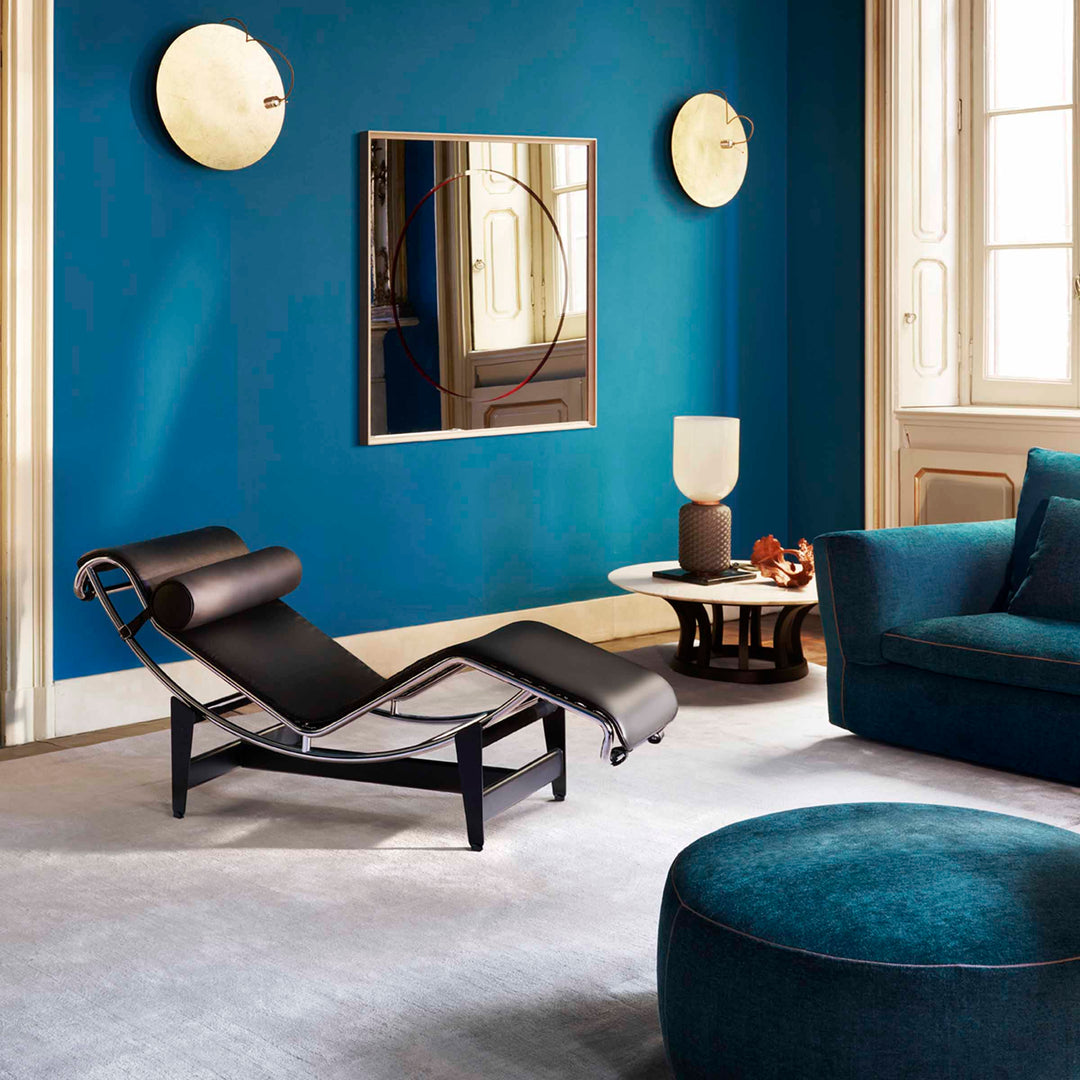VITRINES DE MAGASIN COMME REFLETS DES TENDANCES : L'art de mettre en valeur les objets par Chiara Colmegna
Historiquement des espaces servant à exposer et présenter des objets pour attirer les passants, les vitrines ont de plus en plus pris un rôle expressif et artistique. Exposer des objets dans une vitrine ne consiste pas simplement à les disposer au hasard derrière la vitre ; il s'agit avant tout de art de communiquer. C'est pourquoi, un peu comme des tours de magie, les vitrines reproduisent les tendances en reflétant ce qui se trouve à l'extérieur d'elles.
Les vitrines sont faites pour fasciner et capturer le regard, et sont une sorte de rencontre fascinante et excitante avec le public. Ce n'est donc pas un hasard que, en se promenant dans les rues de Milan, on remarque une connexion de plus en plus étroite entre vitrines de magasin et expression artistique, ce qui donne un impact visuel saisissant. Ont-ils la même intention ? Comme une peinture découpée de Lucio Fontana, les vitrines nous invitent dans leur univers. L'art du XXe siècle n'est pas un objet en soi, mais il nous met au défi en donnant à chaque spectateur un rôle essentiel, non seulement en tant qu'observateur mais aussi en tant que participant actif. La fonction des vitrines pour attirer le regard les transforme en outils de communication très efficaces.
Visual Merchandising
Bien que l'objectif ultime dans le commerce de détail n'ait pas changé, au fil du temps les vitrines – d'abord comme véritables présentoirs et ensuite en ligne – ont pour tâche de présenter non seulement des produits mais aussi des expériences de manière nouvelle et attrayante en tant qu'outil publicitaire et marketing. Grâce au célèbre grand magasin londonien Selfridges, l'esthétique du merchandising visuel et des vitrines a été révolutionnée pour répondre à ce nouveau besoin. Grâce au fondateur Harry Selfridge, le magasin considérait le merchandising visuel comme un domaine d'activité à part entière.
Grâce au fondateur Harry Selfridge, le magasin a fait du shopping une activité dont le point de départ est un design qui interagit avec le public.
Créativité et design : nouveaux ingrédients
Les vitrines sont une occasion d'exposer une variété d'objets, bien qu'il ne soit plus nécessaire d'exposer tout. Il suffit de parcourir les vitrines de la célèbre rue commerçante Via Montenapoleone à Milan pour voir comment la tendance «moins c'est plus» peut néanmoins signifier faire sensation : Maison Larusmiani a garé une BMW dans sa vitrine pour raconter une élégance sophistiquée et moderne.
Les vitrines ont ainsi pris aujourd'hui un style visant à créer un fort impact visuel tout en racontant à travers un dialogue entre images et produits. Louis Vuitton a décidé de promouvoir sa collection avec une installation artistique en hommage à Virgil Abloh, l'ancien directeur créatif de la maison récemment décédé : le fond est un jeu de carrés noirs et blancs qui ressemblent au jeu d'échecs, une métaphore de l'existence humaine mise au défi par les limites et la défaite. En contraste, un grand avion en « papier » repose dans la cour de la maison de mode, symbolisant la légèreté, le plaisir et l'ironie.

Design Italy a embrassé cette tendance d'interaction, ouvrant un pop-up store en décembre à Via Manzoni à Milan. Artiste napolitain Gennaro Regina a réalisé une performance en direct, créant une pièce de sa série « Vesuvio ». Pendant qu'il peignait la vitrine, il attirait des passants intrigués qui s'arrêtaient pour admirer son travail.
Les installations, œuvres d'art et design sont les ingrédients fondamentaux qui, lorsqu'ils sont coordonnés artistiquement, continuent de stimuler de nouvelles tendances et façons de créer des vitrines de magasin.
Chiara Colmegna
















